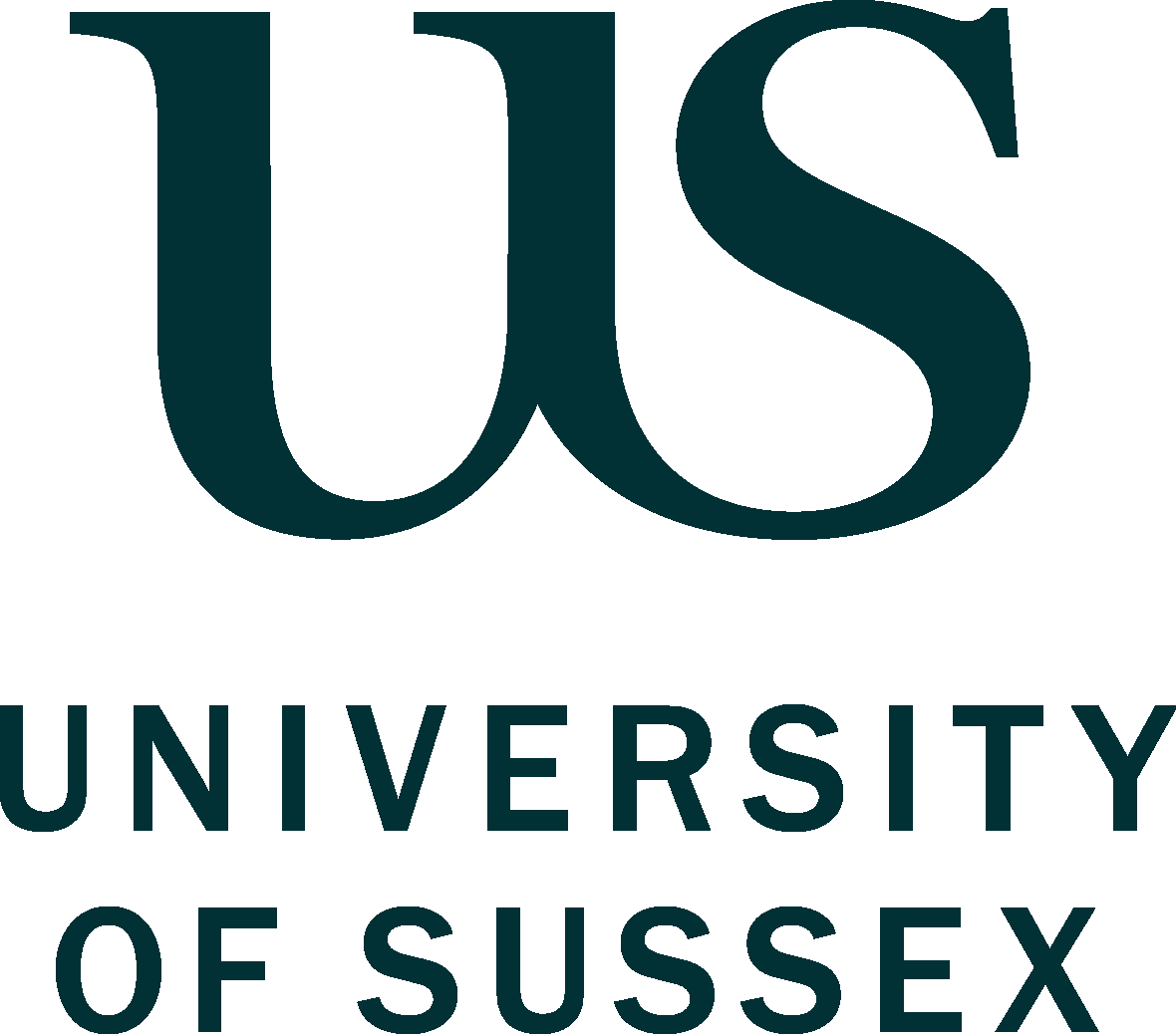Laying the foundations for groupwork
Antigone Kyrousi
What is the idea?
This short chapter discusses a group activity, designed to promote team cohesiveness and open-mindedness, in the context of a Business Research Methods undergraduate course. Students had to work in groups (of 3 or 4) for the duration of the course to produce a research report addressing an identified business problem, but many groups faced challenges due to the absence of a shared vision and teamwork skills. Similar problems were encountered in another course on Integrated Marketing Communications, where students worked on a lengthy group project. To address these issues, a formative hourly activity was implemented early on in the term. This activity works best with classes of 15-20 students and it can be implemented in most courses adopting a team-based active learning approach.
Why this idea?
Team-based active learning is based on the cooperative learning pedagogy and produces numerous benefits for individual learners (Espey 2018). Permanent student groups (ie. groups that are formed for the duration of the course), unlike temporary ones require students to tackle interpersonal difficulties and to appreciate the benefits of groupwork (Michaelsen 1992). Team processing skills, one of the elements of cooperative learning, are conducive to building a learning orientation, yet for students undertaking lengthy group assignments, team cohesiveness needs to be built from the onset (Laverie et al., 2008).
The activity, was implemented in 5 different small cohorts within two different undergraduate courses, in both of which students had to undertake a demanding group project. The activity was inspired by the need to address practical challenges encountered in class and by other activities discussed in Dawson (2016) and Parker and Goldrick-Jones (2011).
In the first part of this activity (role-play), students work individually drawing freely on their own experiences and understanding of teamwork; they receive a hypothetical scenario in which each student is assigned the role of a ‘mentor’ for a group of younger students who are supposedly embarking on a group project. Their task is to generate five tips/ pieces of advice they would give to these younger students to guide them in collaborating fairly and ethically. In most of the runs of this part of the activity, it was observed that students tended to generate tips mostly drawing on their (negative) past experiences (e.g. ‘think carefully before choosing who to work with’, ‘be prepared to fight with friends’).
In the second part, students work in their assigned groups. They are presented with a list of statements/ rules of groupwork (a list of statements generated by the instructor or derived from literature). Statements refer to a climate of respect, open-mindedness, resolution of conflicts (indicatively: ‘All members will respect [other] team members’ ideas and promote a positive working attitude’, ‘If a disagreement should arise, all group members will address the problem in a prompt manner via further email discussion or in a group meeting’, ‘Each team member will be available for discussion or if help is needed by others’, ‘The team will collectively negotiate expectations to keep the team and the project moving’, ‘Conflicts will be resolved in a respectful manner giving each team member an opportunity to voice their opinion’ (Parker & Goldrick-Jones, 2011, p. 306-307). For this part, each group must discuss and select the three most important statements under the same hypothetical scenario. The Instructor observes group discussions without intervening, keeping notes.
In the third part of the activity, groups cooperate to produce a commonly accepted ‘group code’ by negotiating the terms. The Instructor briefs students on the importance of establishing a common set of rules for their group project. This part requires students to incorporate at least one of the statements suggested by each member in the first part and the statements selected in the second part. Students can also insert other statements that are deemed necessary (for example: many groups of students added statements referring to time management and the need to respect internal deadlines agreed upon by the group).
In the last part of this activity, students reflect on their learnings in the form of a class discussion, and they are asked to reflect on their group decision-making processes. They are also encouraged to compare their individual ‘solutions’ to the problem in the first part with the group ‘solutions’ in the third part. The Instructor provides additional feedback, and each group finalises and signs the contract that will guide subsequent groupwork.
This activity has received positive comments from students; in the vast majority of cases, it was observed that individuals considered the group ‘solution’ to be more comprehensive and elaborate than the one they had initially produced, appreciating the merit of their peers’ contributions. It is interesting to note that many students remarked that they liked the idea of agreeing on specific terms for group collaboration.
How could others implement this idea?
Other instructors can supplement the second part of this activity with the introduction of a scoring system to streamline the groups’ decision-making process, and/or insert an individual reflective component. In a modified version of this activity, students completed individually a short anonymous questionnaire reflecting on their own contributions after the third part. For the last part of the activity, the Instructor can additionally provide tailored feedback for each group.
Transferability to different contexts
This idea is flexible and adaptable to courses in different fields; it is suitable for skills-building courses. Class sizes need to be small to permit Instructor observation and class discussion in the last part. The activity could also be easily adapted for online courses.
References
Dawson, C. (2016). 100 Activities for Teaching Research Methods. Sage.
Espey, M. (2018). Enhancing critical thinking using team-based learning. Higher Education Research & Development, 37(1), 15-29. https://doi.org/10.1080/07294360.2017.1344196
Laverie, D. A., Madhavaram, S., & McDonald, R. E. (2008). Developing a learning orientation: The role of team-based active learning. Marketing Education Review, 18(3), 37-51. https://doi.org/10.1080/10528008.2008.11489047
Michaelsen, L. K. (1992). Team learning: A comprehensive approach for harnessing the power of small groups in higher education. To Improve the Academy: A Journal of Educational Development, 11(1), 107-122. https://doi.org/10.1002/j.2334-4822.1992.tb00211.x
Parker, A., & Goldrick-Jones, A. (2011). A code of ethics as a collaborative learning tool: Comparing a face-to-face engineering team and multidisciplinary online teams. In D. Starke-Meyerring, A. Paré, N. Artemeva, M. Horne, & L. Yousoubova (Eds.), Writing in Knowledge Societies (pp. 299-320). The WAC Clearinghouse. https://doi.org/10.37514/PER-B.2011.2379.2.15
About the author
Antigone Kyrousi teaches marketing communications and advertising courses in Deree – The American College of Greece, and her research focuses on advertising and consumer behaviour. She is committed to informing her teaching practice through active learning.


